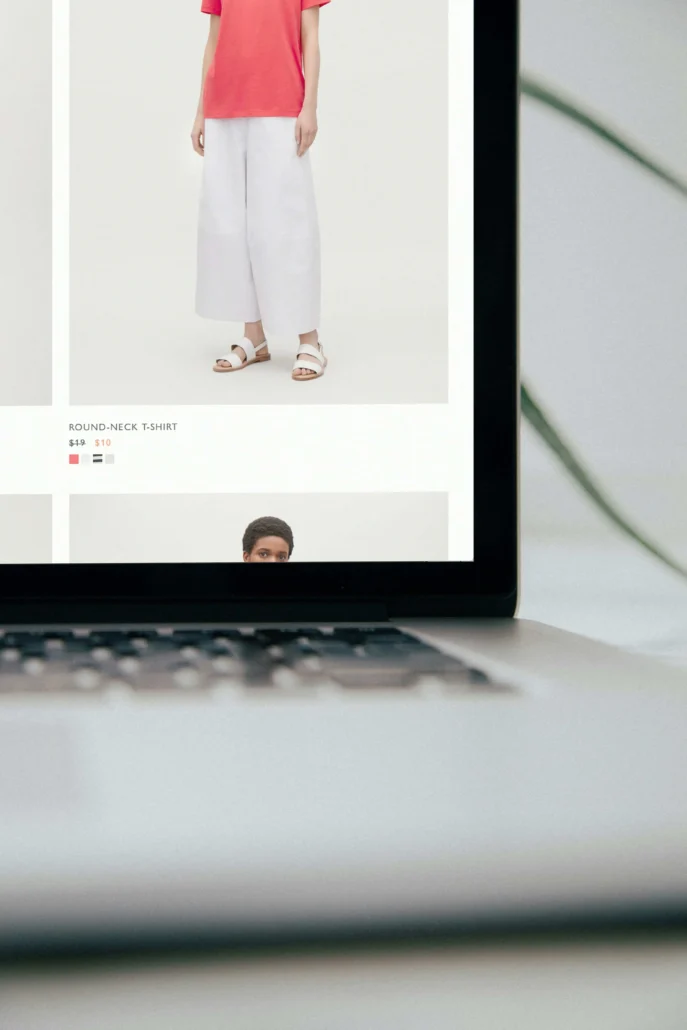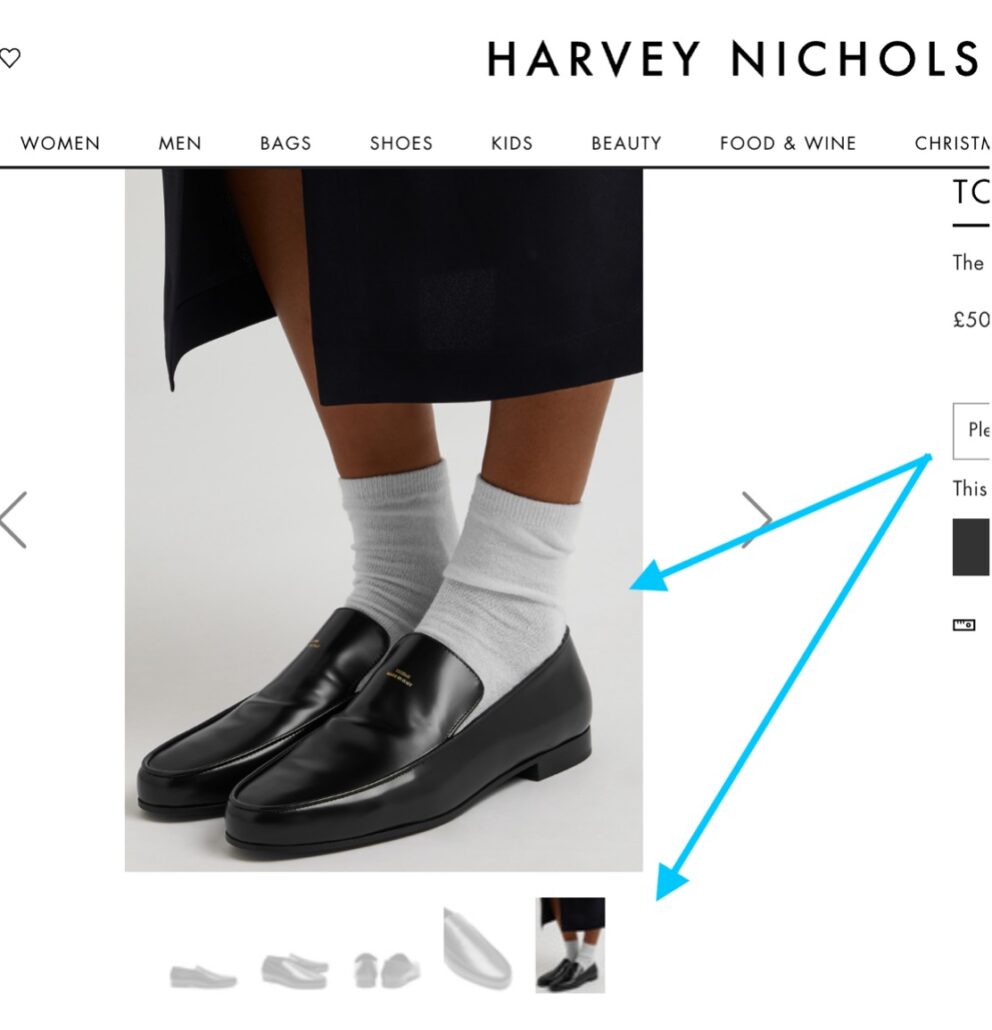A Practical Guide for Companies Navigating Declining Traffic
A drop in organic traffic can feel unsettling — especially if your team relies on steady inbound demand to drive sales. But declining traffic doesn’t...
Published: Aug 15, 2025 Updated: Aug 15, 2025
In 2025, the fashion marketplace has become one of the most powerful sales channels for brands of all sizes. These platforms offer instant access to global audiences, built-in marketing, and streamlined logistics — all without the heavy costs of running a standalone eCommerce site. Whether you’re a luxury label or an emerging designer, knowing which marketplaces to sell on can make all the difference in your growth strategy.
Fashion marketplaces give brands instant access to massive audiences without the high costs of building their own eCommerce store from scratch.

Choosing the right platform means balancing reach, commission fees, brand fit, and marketing opportunities.
Using a Product Information Management (PIM) system ensures your product data is consistent and engaging across all your fashion marketplace channels.
A fashion marketplace is an online platform where multiple sellers — from global brands to independent designers — can list and sell their products to a shared customer base. Unlike a single-brand site, a fashion marketplace aggregates inventory across numerous vendors, making it a one-stop shop for clothing, shoes, accessories, and more.
These platforms cater to a wide range of price points and styles, from luxury couture to second-hand bargains, and are increasingly integrated with mobile apps and social commerce features to reach shoppers where they spend the most time.
Fashion marketplaces are used by:
Established brands expanding into new geographies without setting up local sites.
Independent designers seeking visibility without heavy marketing spend.
Resellers leveraging the resale economy’s growth through pre-loved fashion channels.
The fashion industry is fiercely competitive. New DTC brands launch daily, social media trends shift overnight, and customer acquisition costs are climbing. Many brands struggle to maintain visibility and reach their target audience.

Solution via Marketplaces: Fashion marketplaces come with built-in traffic from millions of monthly visitors. Listing your products on these platforms instantly places them in front of shoppers already primed to buy, reducing dependency on paid ads.
Selling on multiple platforms can quickly lead to inconsistent product descriptions, outdated pricing, and inventory mismatches — all of which can erode trust.
Solution via PIM Integration: A Product Information Management (PIM) solution centralizes product data so updates push seamlessly to every channel, from your own website to fashion marketplaces like Zalando or Farfetch.
Below is a curated list of top fashion marketplaces, each with its own strengths, audience focus, and operational requirements.
Best for: Luxury and designer brands
Farfetch connects high-end designers and boutiques with fashion-conscious customers worldwide. Sellers benefit from Farfetch’s global logistics network and luxury-focused audience.
Why it stands out: Curated brand selection, premium marketing, and access to luxury shoppers in over 190 countries.
Best for: Independent brands and vintage sellers
ASOS Marketplace gives small brands a platform alongside its main retail site. It’s a hub for vintage, independent labels, and streetwear.
Why it stands out: Strong youth demographic, social media integration, and trend-driven marketing.
Best for: European market entry
Zalando is one of Europe’s largest fashion marketplaces, offering apparel, footwear, and accessories from thousands of brands.
Why it stands out: Localized storefronts in multiple EU countries, plus strong logistics and returns infrastructure.
Best for: Social commerce and resale
Poshmark operates like a blend of marketplace and social platform, with buyers and sellers interacting through likes, shares, and comments.
Why it stands out: Community-driven sales, low barriers to entry, and a growing global presence.
Best for: Gen Z thrift and vintage
Depop combines marketplace functionality with a social feed aesthetic, appealing to younger shoppers.
Why it stands out: Sustainability focus, cultural cachet with younger consumers, and a peer-to-peer sales model.
Best for: Luxury resale
Specializing in authenticated, second-hand luxury, The RealReal is ideal for brands or sellers in the circular economy.
Why it stands out: Rigorous authentication process and a dedicated luxury resale audience.
Best for: Pre-owned premium fashion
Similar to The RealReal, Vestiaire focuses on pre-owned fashion with an emphasis on sustainability.
Why it stands out: Global community, sustainability mission, and high authentication standards.
Best for: Contemporary fashion
Owned by Amazon, Shopbop offers curated fashion brands for a style-savvy audience.
Why it stands out: Amazon’s logistics power combined with boutique-level curation.
Best for: Established brands in North America
Nordstrom’s marketplace model allows brands to list products directly on Nordstrom.com and fulfill orders themselves.
Why it stands out: Association with a respected retail brand and access to a high-income demographic.
Best for: Handmade, unique, and custom fashion
While known for crafts, Etsy has become a powerful channel for fashion brands selling one-of-a-kind or custom pieces.
Why it stands out: Niche audiences and a global buyer base that values originality.
High-quality imagery, detailed descriptions, and accurate sizing charts are essential to converting browsers into buyers. A PIM can automate and standardize this process across marketplaces.

Avoid overselling by connecting your stock management system to all sales channels, ensuring availability data is always accurate.
For international marketplaces, adapting product descriptions and sizing to local standards builds trust and improves conversion rates.
Use Case Example:
A UK-based sustainable activewear brand uses Zalando to expand into Germany. With a PIM, it translates descriptions, converts sizes, and ensures local SEO optimization — all while maintaining brand consistency across languages.
Selling on multiple fashion marketplaces amplifies your reach but also multiplies your data management challenges. Without centralized control, product details, prices, and images can drift out of sync, harming brand credibility.
A PIM system like Pimberly solves this by:
Centralizing product information for all your fashion online storefronts.
Automating updates so marketplace listings are always accurate and enriched.
Supporting omnichannel marketing by ensuring messaging consistency across touchpoints.
This streamlined approach not only saves time but also enhances your ability to capitalize on seasonal trends, launch new products faster, and maintain a premium brand image.
Q: How do I choose the best fashion marketplace for my brand?
A: Consider your target audience, product category, commission rates, and each platform’s geographic reach. For example, luxury labels may thrive on Farfetch, while vintage sellers might find Depop or ASOS Marketplace more effective.
Q: Can I sell on multiple fashion marketplaces at once?
A: Yes, and it’s often recommended to diversify. Just ensure you have systems like a PIM in place to manage inventory, pricing, and product data consistently.
To summarize:
Fashion marketplaces are more than sales channels — they’re growth accelerators. They allow brands to reach global audiences, tap into built-in marketing engines, and align with shoppers’ buying preferences. But success depends on strategic platform selection and flawless execution.
By pairing your marketplace strategy with robust product data management through a PIM, you can maintain consistency, speed up time-to-market, and deliver the seamless, trustworthy shopping experience customers expect.
For more on how to align your marketplace strategy with omnichannel excellence, explore our guide to fashion eCommerce trends for 2025.


